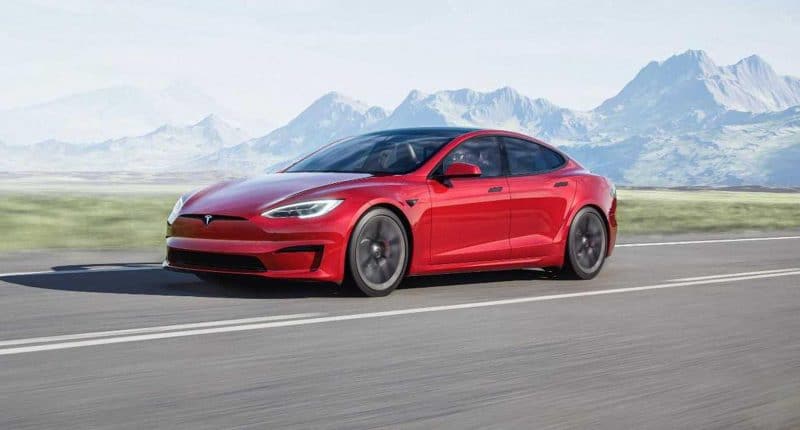Electric carmaker Tesla, in the fourth quarter of 2022, successfully delivered a record number of Model S, Model X, Model 3, and Model Y vehicles. According to the company’s production and delivery report for the final quarter of the year, it delivered a total of 405,278 vehicles during the winter quarter.
While the numbers an impressive one, it still fell short of Wall Street estimations. It was expected that Tesla would deliver around 420,000-425,000 units during the quarter. During the same period, the Elon Musk-led Tesla clocked a rise in its production of vehicles – it produced a total of 439,701 vehicles in the quarter ended December 31.
Breaking this up, we find that Tesla produced 20,6013 units of Model S and Model X vehicles for the quarter, and successfully delivered 17,147 units of the same during the period. The bulk of its production and deliveries can be attributed to Model 3 and Model Y vehicles – Tesla produced 419,088 units of Model 3 and Model Y and delivered 388,131 units of the same in the festive season.
“We continued to transition towards a more even regional mix of vehicle builds which again led to a further increase in cars in transit at the end of the quarter,” Tesla said in its production and deliveries report, and went on to thank it’s customers, suppliers, employees, shareholders, and supporters, who helped the company “achieve a great 2022 in light of significant COVID and supply chain related challenges throughout the year.”
Looking at the performance of the company over the past 12 months, we find that Tesla clocked an overall growth of 40% year-on-year (YoY) in its deliveries, as well as an annual growth of 47% in the production of vehicles.
For the entire year, Tesla produced a total of 1.37 million vehicles and delivered 1.31 vehicles. This consists of the production of 71,777 Model S and Model X vehicles and 1.29 million units of Model 3 and Model Y vehicles. During the year, it delivered 66,705 units of Model S and Model X vehicles and 1.24 units of Model 3 and Model Y vehicles.
While these numbers look impressive, Tesla failed to reach the guidance it had set earlier last year – it projected a growth of 50% in production and deliveries alike. It also comes as the company started the production at two new factories – in Austin and in Germany – and ramped up the production in Fremont, California and in Shanghai.
Despite this, however, the company faced challenged from multiple quarters – such as Musk’s focus and gamble on social media company Twitter, outbreak of COVID-19 in china, and problems in its supply chain, which was followed by offering steep discounts and promotions in the US and China.





